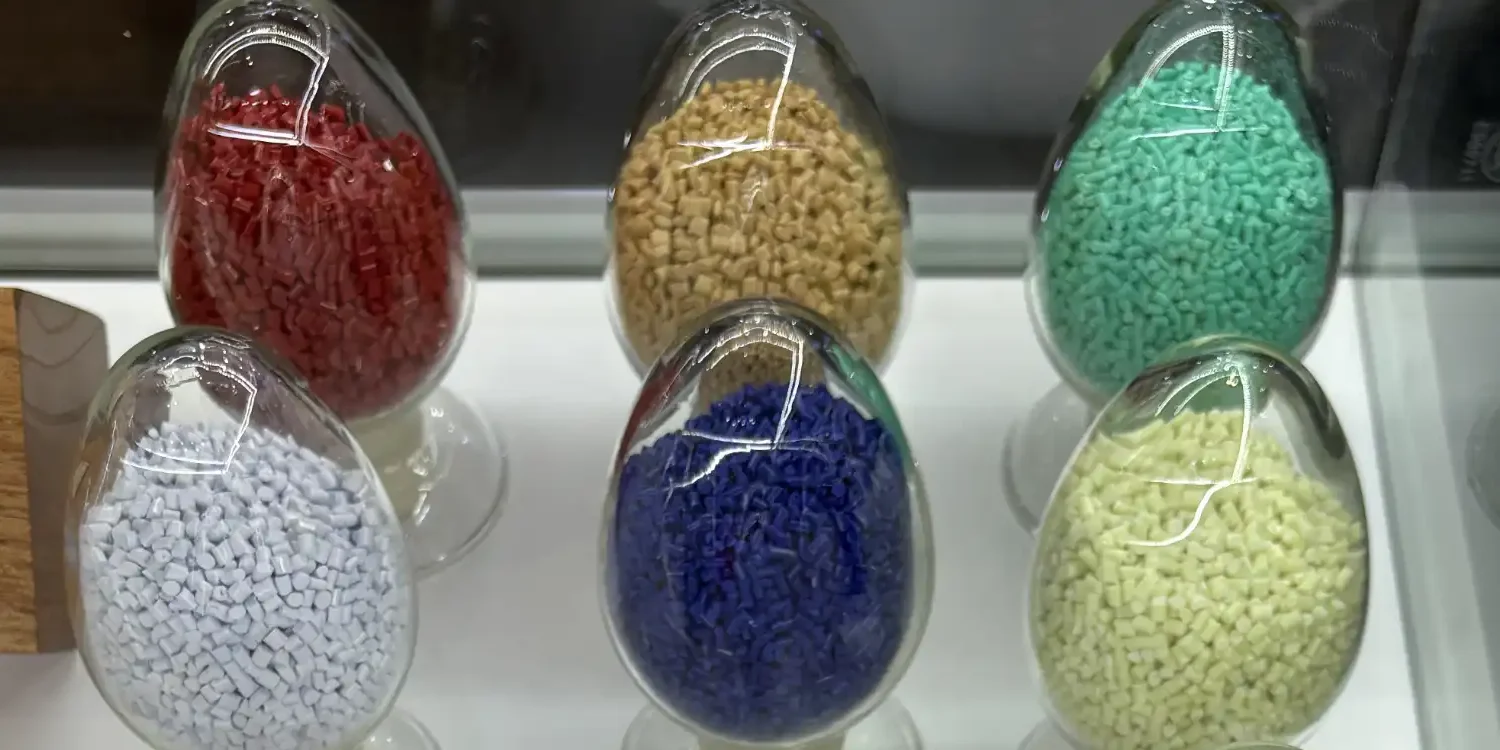Introduction
Thermoplastic elastomers (TPEs) are a unique class of materials that combine the characteristics of both thermoplastics and elastomers. This hybrid nature gives TPEs the processing advantages of plastics and the flexibility of rubbers, making them highly versatile for various applications.
Composition and Structure
TPEs are composed of a mix of polymers, typically a hard thermoplastic and a soft elastomer. The thermoplastic component provides rigidity and structural integrity, while the elastomer component offers flexibility and elasticity. This combination results in a material that can be molded and reshaped at high temperatures (like thermoplastics) but also exhibits rubber-like properties at room temperature.
Types of TPEs
There are several types of TPEs, each with distinct properties and applications:
- Styrenic Block Copolymers (TPE-S): These are the most common type of TPE, known for their ease of processing and good elasticity. They are widely used in products like footwear, toys, and soft grips.
- Thermoplastic Polyolefins (TPE-O): TPE-O materials have good chemical resistance and are often used in automotive parts, packaging, and construction materials.
- Thermoplastic Polyurethanes (TPE-U or TPU): These offer excellent abrasion resistance, flexibility, and are used in applications like hoses, medical devices, and sporting goods.
- Thermoplastic Vulcanizates (TPE-V or TPV): TPE-V materials combine the advantages of vulcanized rubber with the processing ease of thermoplastics. They are used in automotive seals, gaskets, and other applications requiring durability.
- Thermoplastic Copolyester (TPE-E): Known for their high-performance characteristics, TPE-E materials are used in engineering applications, such as automotive parts and industrial components.
Advantages of TPEs
- Versatility: TPEs can be easily molded, extruded, or injected into various shapes, making them suitable for a wide range of applications.
- Recyclability: Unlike traditional thermoset rubbers, TPEs can be recycled and reused, making them more environmentally friendly.
- Soft Touch and Comfort: The elastomer component of TPEs provides a soft, rubbery feel, which is ideal for products that require a comfortable grip or contact surface.
- Chemical Resistance: Many TPEs offer good resistance to chemicals, oils, and solvents, enhancing their durability in harsh environments.
- Cost-Effective: The ability to process TPEs using standard plastic manufacturing techniques can result in cost savings compared to other elastomeric materials.
Applications
TPEs are used in a broad range of industries due to their unique properties:
- Automotive: Door seals, weatherstripping, gaskets, and interior components.
- Consumer Goods: Soft grips, handles, kitchen utensils, and sporting goods.
- Medical Devices: Tubing, seals, and flexible components.
- Electronics: Cable insulation, connectors, and flexible circuit components.
- Packaging: Caps, closures, and flexible packaging films.
Thermoplastic elastomers represent a versatile and innovative material class that bridges the gap between plastics and rubbers. Their unique combination of processability, flexibility, and recyclability makes them an essential material in many industries, driving advancements in product design and functionality. As material science continues to evolve, TPEs are likely to play an increasingly important role in the development of new and improved products.
